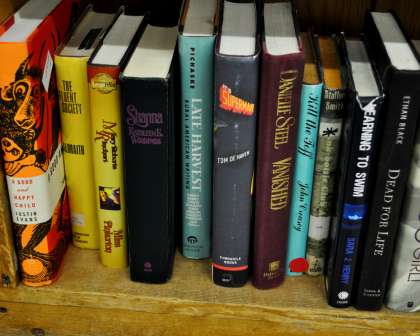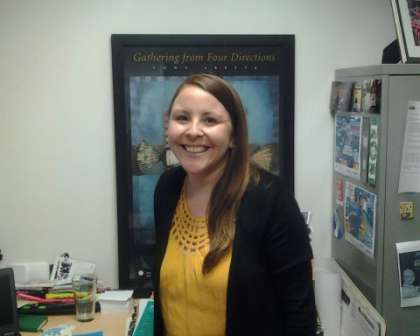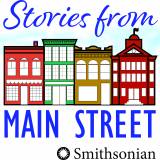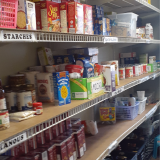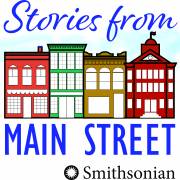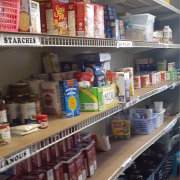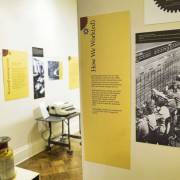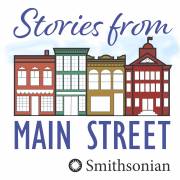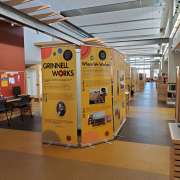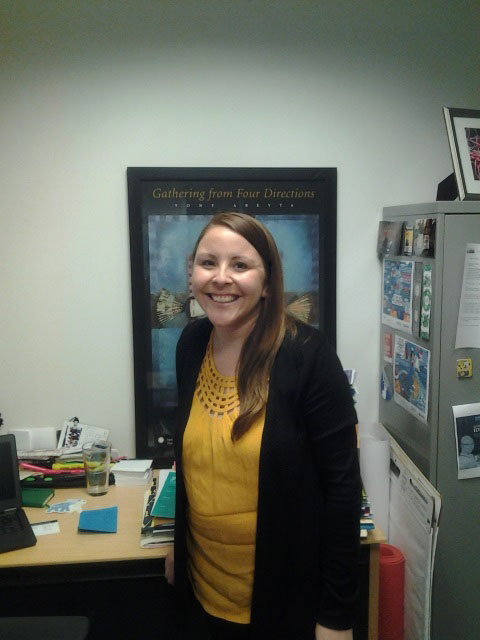
The Smithsonian Center for Learning and Digital Access Learning Lab - A conversation with Learning Initiatives Specialist, Ashley Naranjo
As educators and learners across the nation explore the various issues and debates surrounding water in their own communities, The Smithsonian Center for Learning and Digital Access (SCLDA) can be a useful resource. Several years ago, they led on-line Water Matters lectures as part of the Shout Online Conference which invited educators and students to take an active role in global environmental issues. Twenty-one experts from the Smithsonian shared their expertise on such issues as: the positive and negative impacts non-native species can have on water systems, watersheds and civic responsibility, dead zones, the impact of water availability on plants and their environment, the types of interventions that can help marine life, and what orbiting satellites can reveal about earth’s water resources.
Smithsonian Learning Lab, a new platform which has made 1.295 million Smithsonian resources (including images, specimens, artwork, audio, video, magazine articles, and blogs) readily available to the public will serve as another means by which community residents can be engaged in water issues. The origins of this resource began over a century ago when the Smithsonian began to distribute “school sets” of specimens to educators. Through the Office of Primary and Secondary Education, later the Smithsonian Center for Education and Museum Studies, the institution focused on making its resources more accessible to educators and students across the country, mainly through publications and professional development. When the Smithsonian went online in 1995, a series of websites provided information and lesson plans to educators. In 2003, SCLDA launched SmithsonianEducation.org which provides a collection of learning resources gathered from across the Smithsonian which are aligned with all state, national, and Common Core standards of learning. As Learning Initiatives Specialist Ashley Naranjo explains, the Learning Lab marks a shift from education to a more active process of learning that can happen in both informal spaces, as well as in the formal K-12 environment. “We found teachers were really interested in having adaptive, flexible materials so that, for example, you could change reading levels, or provide local examples within the lessons…teachers weren’t using the lessons quite as we prescribed, they were doing this themselves.” The next logical step for the team was to provide the proper tools needed. In addition to multi-disciplinary resources from across the various Smithsonian units, Learning Lab users can build their own collections and lesson plans by using materials from other complementary resources - instructional materials uploaded by teachers or resources from external collaborators such as the EPA, NOAA, and other federal agencies. “We understand teachers are not limited to the sandbox of the Smithsonian, but can really pull together what makes the most sense for their classrooms.”
If, for example, a teacher in Maryland wanted to create a lesson plan on the Potomac River? “You could certainly pull from some of the maps the Smithsonian has to get a better idea of the watershed, but then you could also work with the resources of the different Smithsonian units such as Smithsonian’s Environmental Research Center, which works in the Chesapeake Bay area, as well as the Anacostia Community Museum which has resources about urban waterways. You could also look at photographs over time, so you can see change over time and the ways people interact with their watersheds.”
With the advent of Museum on Main Street exhibitions Water/Ways and H2O Today, the SCLDA team welcomes opportunities to collaborate with communities. “We are looking forward to working with each of the humanities councils, as well as all of the different travelling exhibition sites to think how this might be a tool to communicate across communities. If we can provide an adaptable example of a collection, it would be really interesting to have each community contribute to that, so that each can learn from one another and see the uniqueness of their own water issues, but also the universality of each of them as well.”
Ashley's Water Story:
The various ways Learning Lab has been used by educators:
Understanding the various ways water can be discussed and researched:
Additional Resources
- Learning Lab - https://learninglab.si.edu/
- The Digital Learning Resources Project - https://learninglab.si.edu/news/what-we-have-learned-so-far-the-digital-learning-resources-project
- Ashley Naranjo’s Collections - https://learninglab.si.edu/profile/8
- Shout On-line conferences https://learninglab.si.edu/collections/water-matters-online-conference-series-archive-and-illustration-summaries/2dLy2Nbejmf9wuKT
- Teaching Resources - https://learninglab.si.edu/search?item_type=smithsonian&st=water&f%5Btype%5D%5B%5D=learning_resource
The Smithsonian Center for Learning and Digital Access
Mailing Address:
Smithsonian Center for Learning and Digital Access
P.O. Box 37012, MRC 508
Washington, DC 20013-7012
Telephone: 202.633.5330
Fax: 202.633.5489
Email: learning@si.edu



